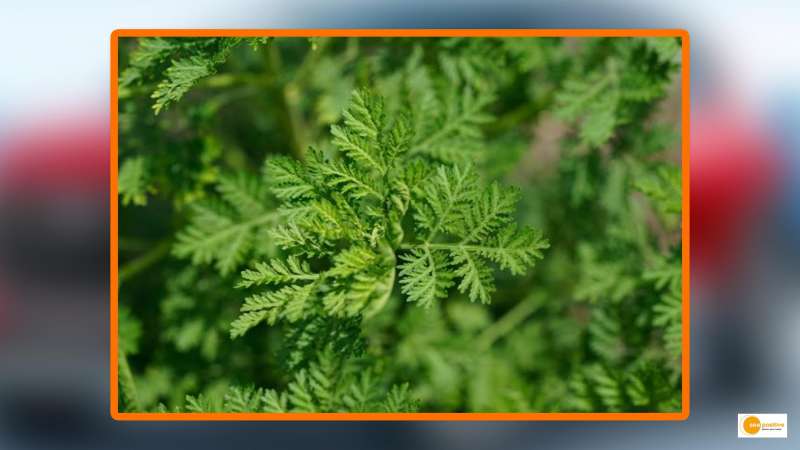

India is now cultivating the artemisia plant, which is used to make the drug artemisinin and its derivatives, which are used to treat acute malaria and parasitic worm (helminth) infections. Previously, India was heavily dependent on China, which is the world’s largest and natural producer of artemisia.
Now India will not be dependent on China for artemisinin
The artemisia plant, which is largely found in China, is utilised to make and export artemisinin to other nations. India was likewise dependent on China, but in-depth investigation by the CSIR-Central Institute of Medicinal and Aromatic Plants (CIMAP) led to the creation of a novel species with a high artemisinin concentration of 1.2%. More than 200 different chemical compounds are isolated from the plant to create artemisinin, which is subsequently utilised to create medications to treat meningitis. Prabodh Kumar Trivedi, head of CSIR-CIMAP, said at a recent technology transfer event that “This plant is proved to be life-saving for meningitis patients.”
According to a publication in the journal of medicinal and aromatic plant sciences, this type will be advantageous to farmers and businesses engaged in the cultivation or trade of Artemisia. A 20% decrease in production costs could be advantageous to the sector.
Importers of artemisinin drug
It was demonstrated that cultivating ‘artemisia annua’ provides a high return to farmers (65,000 per hectare) in a short period of about four months. This drug is currently being exported to several countries, including Nigeria, Ghana, the Democratic Republic of the Congo, Kenya, Zambia, Malawi, Rwanda, Myanmar, and Cambodia.
CSIR-CIMAP, Lucknow, recently signed a memorandum of understanding (MoU) with Chennai-based Sattva Vaid Natures Global Pvt Ltd for anti-malarial plant artemisia cultivation and processing technology.
Under the terms of the agreement, company representatives will be trained in the technology of extracting artemisinin from the cultivation of artemisia crop (Artemisia Annua) from high-quality seeds of the CIM-Sanjeevani variety, with the assistance of CSIR-CIMAP.
How this Artemisia plant created?
CIM-Sanjeevani is the result of extensive breeding work over the last 12 years. According to the Journal, it was created through poly cross progenesis between two existing varieties, Jeevan Raksha and CIM Arogya.
“The company would cultivate artemisia on a contract basis with farmers.” The corporation will purchase farmers’ vegetables at fixed prices, resulting in higher profits for farmers,” said Shrenik Modi, director of M/s Sattva Veda Natures Global Private Limited Chennai.
The contract was signed by Naresh Kumar, administrative officer of CSIR-CIMAP, and Shrenik Modi, director of Sattva Ved Natures Global Pvt Ltd. The MoU was then exchanged between Prabodh Kumar Trivedi, director of CSIR-CIMAP, Lucknow, and Shrenik Modi, director of M/s Sattva Ved Natures Global Pvt Ltd, Chennai.


